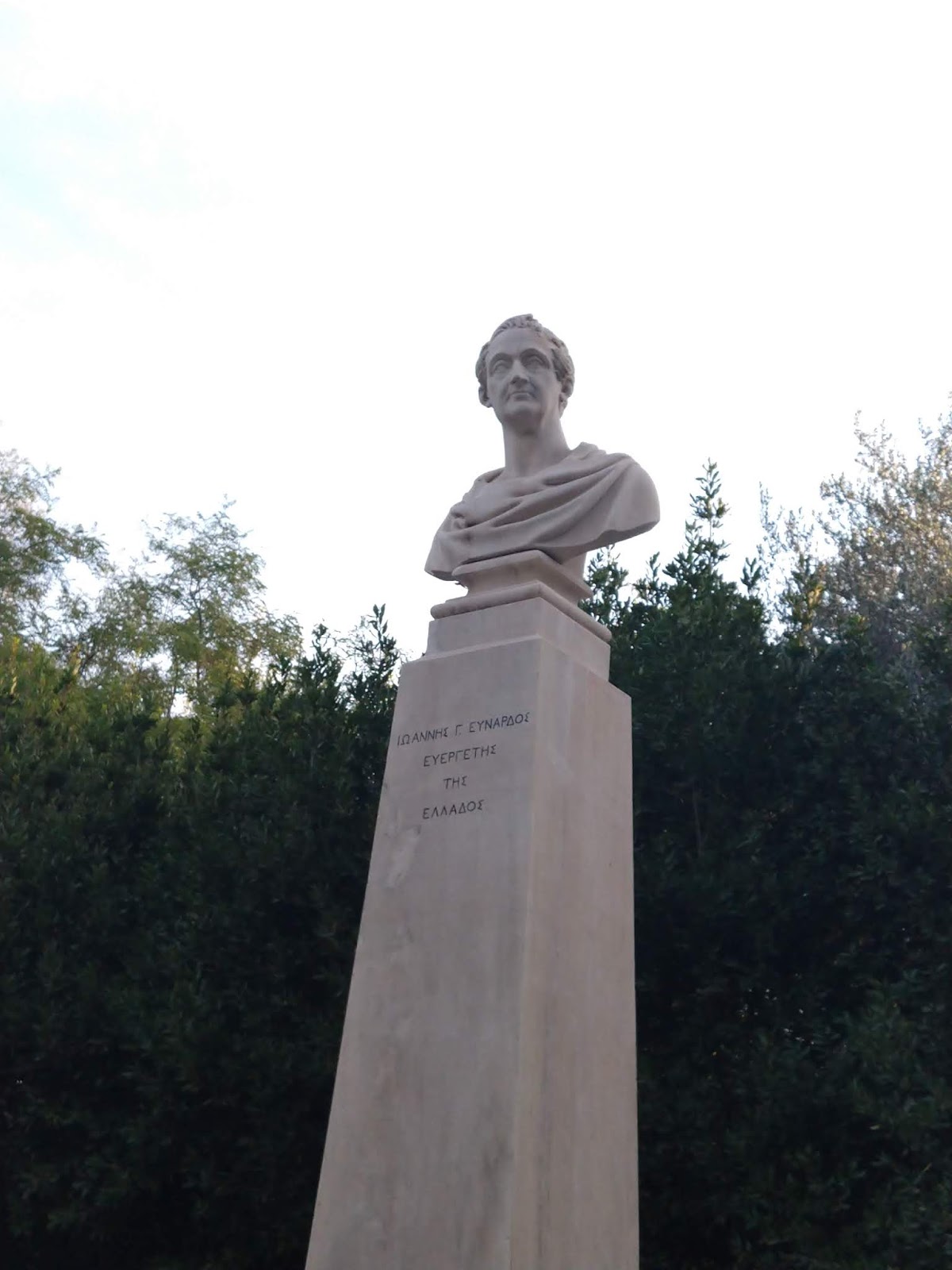We were extraordinarily lucky with regards to weather on our trip. We knew that traveling in October and early November would be iffy, but other than just a few days, the weather was absolutely beautiful.
Iceland
We had one good weather day in Iceland, the rest not so great. This stop was the beginning of our trip, the first few days of October, and I’m glad it wasn’t at the end. To begin with, we were literally assaulted by the wind as soon as they opened the cabin doors of the plane so we could walk down the steps, onto the tarmac and into waiting buses. We should have expected that, as I could see the sideways rain and the water just being pushed across the runway as we taxied.
 |
| Lexie holding onto her hat in Iceland |
However, it was still a surprise when it was difficult to walk down the steps with what must have been 50 mph cold wind and driving rain.
(Note from Lisa: Airports generally protect you from the elements when you get off a plane and enter the terminal. But in Iceland, where weather can be brutal and winters are cold and windy, you walk down the airplane steps and across the tarmac to a bus completely exposed to whatever Mother Nature throws at you. And it didn’t help that we had flown out of sunny, 81-degree Northern Virginia!)
It was even difficult driving the rental car, which kept getting pushed sideways by the ferocious wind. I’ve experienced that driving my high-profile truck, but a little car, on somewhat narrow roads, was a completely different story. We needed gloves and winter coats during our entire stay in Iceland.
The first thing Lisa and I did after we arrived at our goat farm lodging on the south coast was to hightail it to the nearest town with our swimsuits to sink into a hot spring and warm up!
The next day was our prime sightseeing day, and the weather cooperated beautifully: not too windy and no rain. And, it allowed us to see the Northern Lights!
The following day, we experienced wind, rain and even snow. Our visit to the waterfall was so brutal that Lexie stayed in the lodge. We still saw what we wanted to see, including geysers, waterfalls and a spectacular national park, but at times it wasn’t pleasant. The same could be said for our days in Reykjavik. We did and saw what we wanted, but the nasty weather was a significant obstacle to our enjoyment.
In the end, I went running in every place we visited except Iceland. I’m still torn on whether I should have run while we were there, but the wind was just too brutal.
Hamburg, Germany
Just absolutely perfect weather. Sunny every day, temperatures in the 60s, no wind.
 |
| Glorious weather in Hamburg |
Barcelona/Reus, Spain
Again, just absolutely perfect weather. Even warmer, low 70s! (Note from Lisa: I wished I had time to lie on the beach there, it was so nice!)
 |
| Great beach weather in Barcelona |
England
We were certainly expecting the worst here, especially over the course of eight days, but again, absolutely perfect weather. Mostly sunny, high-40s at night, the mid-50s to mid-60s by day. Never a drop of rain, either in Newcastle-Under-Lyme visiting Aryk, or in London, sightseeing.
 |
| Strolling on a sunny London afternoon |
Italy
Rome – The weather we had for our stay in Rome was again perfect, until the last day. Then the rain started, the morning Lexie and Lisa left for the train station for Naples. Since I was staying another day, I waited out the heavy morning rain and then headed out for my explorations. I did get drenched heading home that evening, but all in all, we had really nice weather while in Rome.
During our stay in Italy, the entire country was seeing really bad weather. Venice was 75% flooded, schools throughout Italy were closed, and Italian television was continually showing mudslides, flooding and washed-out roads and bridges.
 |
| Rainy Rome the last day |
Naples – It rained nonstop in Naples. One day there was such a violent windstorm/thunderstorm that the road to our lodging was closed down because of flying debris. We were going to go to the Archeological Museum that afternoon and decided to stay in and ride out the storm.
Pompeii – Our day in Pompeii was again just absolutely beautiful, sunny and high-60s. I remember walking around in a short-sleeved T-shirt.
Sorrento – The forecast was for one good day of weather while I was in Sorrento, so I took a boat tour to and around Capri. The weather started changing in the afternoon, and it was colder and windier on the boat trip back. The next day was, for the most part, rainy, which gave me the opportunity to have a relaxing, easy day. It rained the next day as I traveled back to Naples to meet up with Lexie and Lisa.
Athens
Again, Athens gave us just absolutely perfect weather. Warm and sunny.
 |
| Perfect weather for Greek island hopping |
All in all, we couldn’t have asked for better weather. (Note from Lisa: Except maybe in Naples.) We know we were lucky and we took full advantage of that!









 Ellie, the Adventure Cat, will finish the story.
Ellie, the Adventure Cat, will finish the story.
















































